Case Study: How To Turn An Uninhabitable Dump Into a Cash-Flow Machine
Michael is a South Australian investor who just completed our Millionaire Apprentice Program. He generously agreed to let me interview him to share the story of one of his recent deals with the PropertyInvesting.com community.
Michael, how did you find this property?
At the time, I was living in regional South Australia. I conveniently stumbled upon this house in that same town.
Luckily, once I started Steve McKnight’s mentoring program, and learned more about researching areas, I realised that this town actually ticked quite a few of my strategic boxes. That made me much more comfortable with my decision to go ahead with this deal.
What was your strategy? Was it to renovate and sell, or to hold for cash flow?
I was looking for a renovation project because I had some time up my sleeves. My strategy was to manufacture for growth, but to hold the property to rent, returning positive cash flow. I knew that creatively finding a way to add value to the property was my best chance at getting a positive cash flow rental property in this area.
How did you know that this property was a winner? Take us through your due diligence process.
Steve teaches throughout the Millionaire Apprentice Program that you should “buy problems” and “sell solutions”. After my first valuation came back saying that the property was uninhabitable, I thought, “I’m on a winner here!!!”
All jokes aside, that was one of the first stumbling blocks I needed to overcome. I couldn’t get the finance I needed with that feedback from the valuer. It was never the valuer’s place to make those comments, but once he did, it made the bank nervous. In the end, I had to change finance institutions, hoping they used a different valuer.
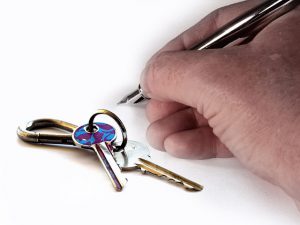 I knew the building was structurally sound. That was one of the appealing things. Fixing structural problems are expensive and add little to no value to the property.
I knew the building was structurally sound. That was one of the appealing things. Fixing structural problems are expensive and add little to no value to the property.
From there, I double-checked my numbers again to make sure that I hadn’t made any major errors. I also wanted to be sure that I was comfortable with the amount of time, work and money I would need to invest into this deal to get the property where I wanted it.
I created a comprehensive list of repairs and improvements, with a cost estimate allocated for each item. That gave me a better understanding of where my time and money would be going, and it gave me benchmarks throughout the project to help me measure my spending and stay on track.
Steve gave us multiple templates and strategies in the Property Apprenticeship manual, which I used throughout the whole process. These were particularly helpful in the planning, negotiating and implementation stages of the deal.
The largest amount of due diligence time was spent on the number crunching exercises.
How did the negotiations go? Did the vendor accept your initial offer or was there some back and forth?
I put in an offer $10,000 under the asking price, and it was accepted. The property had previously been under contract, which fell through.
There was a tenant in the property when I began negotiating. I didn’t want the responsibility of trying to get the tenant to move out, so I stated that I wanted vacant possession.
This put the responsibility back on the vendor to remove the tenant before settlement. This also bought me some extra time to plan and organize the renovation.
What was your renovation plan? How did you decide what exactly you would improve?
Like I said earlier, I had a very comprehensive budget. At the end of the day, it was all about the numbers. If I felt that spending money on an item was going to return me more money at the end of the project, I was happy to spend it.
Sometimes I made decisions to do little things that I thought would make the property more desirable than other properties mine would be competing with. My aim was to manufacture as much capital growth as I could while achieving the highest rental return.
For street appeal, I made the home more contemporary by rendering it. That was the one thing that changed the look and feel of the property more than anything else.
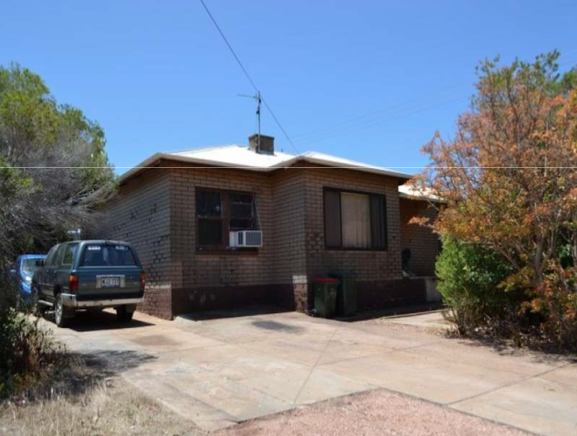
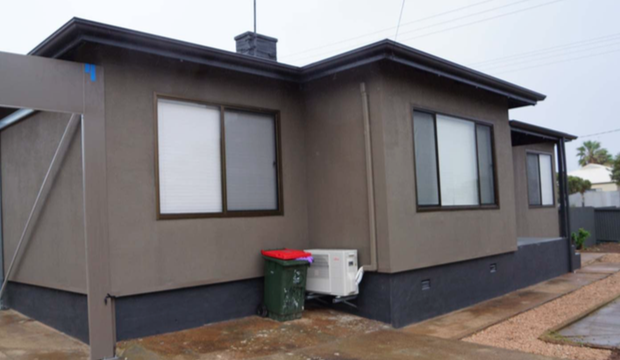
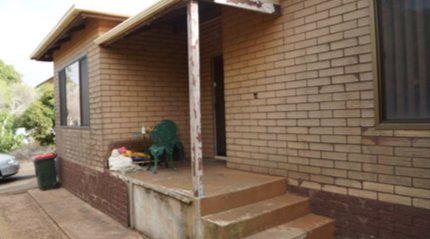


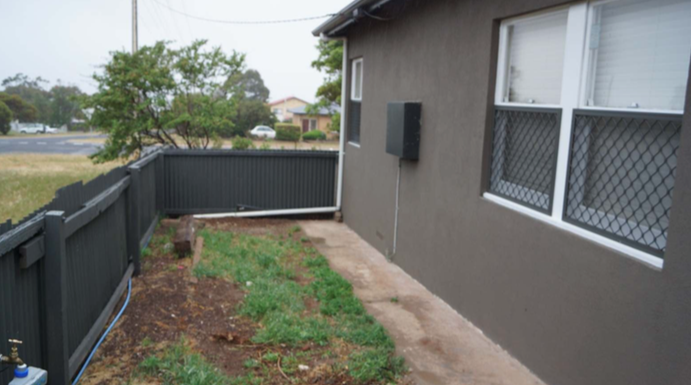
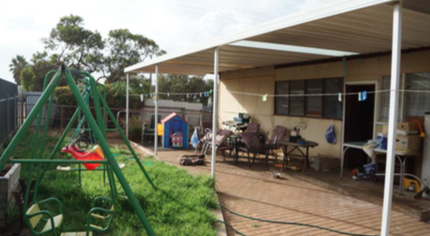

I also took out a couple of walls to open up the living area. This allowed me to create a fourth bedroom and an ensuite off of the master bedroom. This converted the property from a three bedroom, one-bathroom home, to a four bedroom, two-bathroom home.
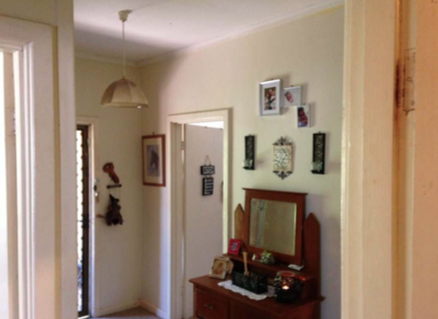
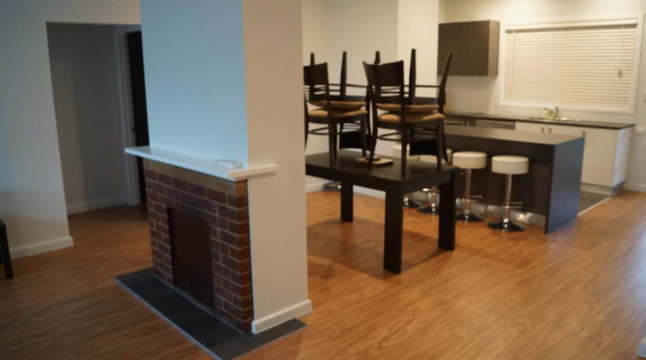
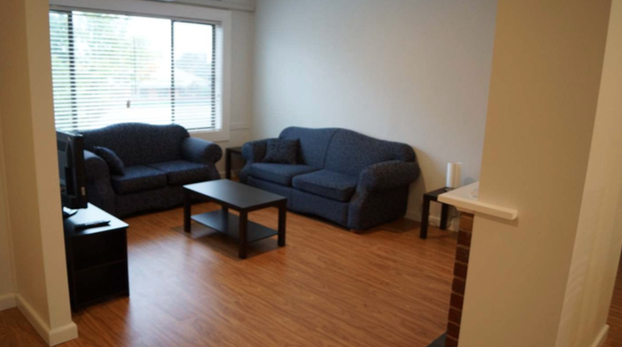
And of course, I improved the kitchen, bathrooms and laundry room.
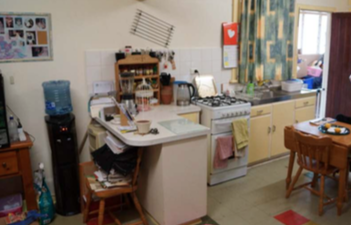
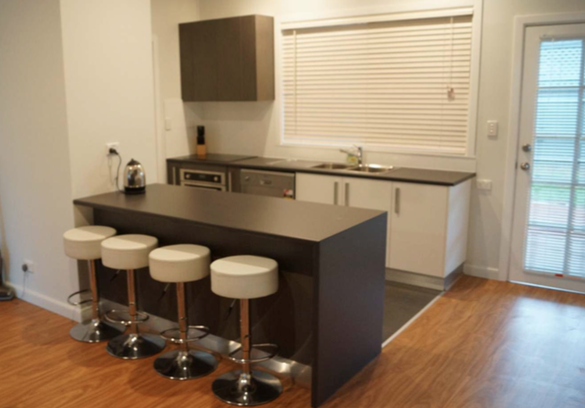
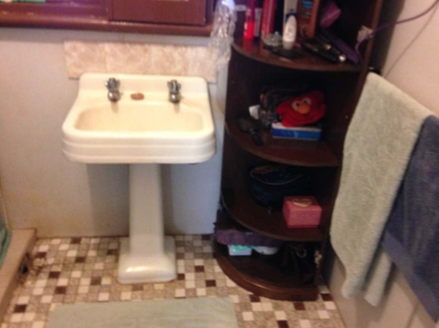
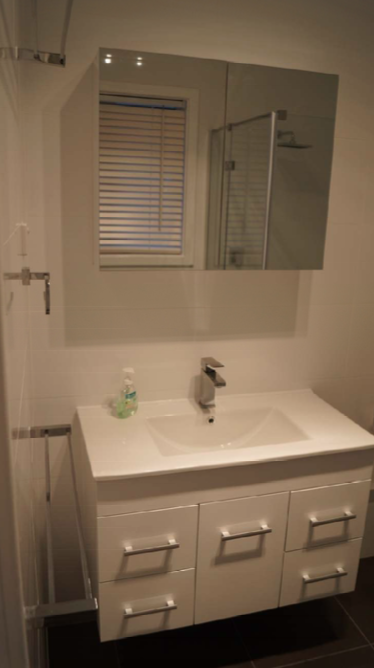
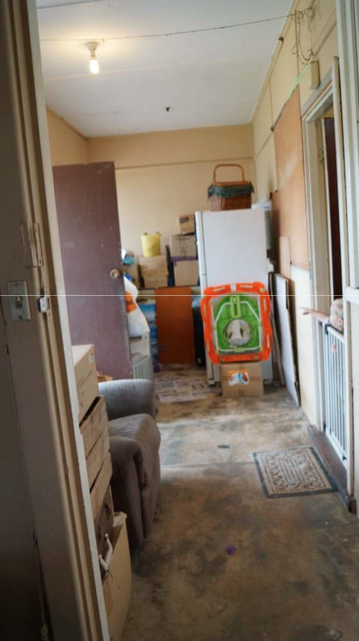
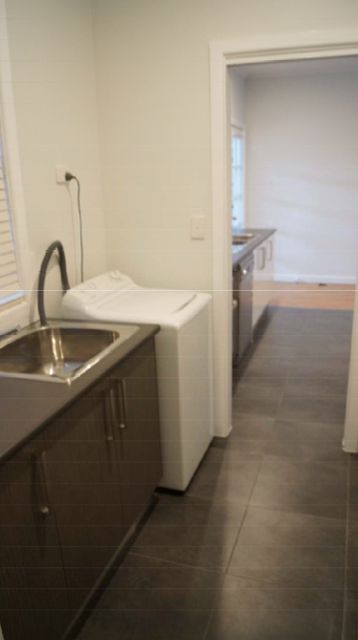
Did you do the renovation work yourself, or did you pay contractors?
I did a bit of both, but a lot of it I did myself. Of course, there are plenty of specialised trades that need to be involved, like plumbers and electricians. But there’s no end to the lackey and tidy up work that needs to be done. Just a little tip: you don’t want to pay trade rates for that!
Would I do it again? Not completely. I caused myself more aggravation doing things myself because it took me longer than I anticipated getting jobs done. Project managing was a much better use of my time. A junior or trade assistant will be a great addition to my next reno project.
How long did the renovation take from start to finish? Were there any other hurdles?
The project took four months from start to finish. We had a few minor hurdles with trade delays and bad weather, which prevented certain things from happening on time.
Also, with the new APRA regulations, the banks made the decision to only lend 80 percent to investors during this deal. This of course meant I had to scrape together some more cash.
Did your costs blow out or were you able to stick to budget?
Yes and no. I spent more than I initially intended, but I remained diligent in keeping it all about the profit and cash flow objective. If the numbers reflected more upside, then I went with it. Luckily, the decisions I made were all pretty sound.
Take us through the numbers. What was your profit in the end?
I ended up making a before-tax profit of $80,000, based on the final bank valuation. The real estate agent valuation came in about $25,000 above that. Taking into account exit fees if I were to sell, my profit would probably be close to $80,000.
Since I was holding this property to rent out, I wanted to find a way to boost my cash flow. I decided to rent the house fully furnished through an agent. By using some furniture I already had, I managed to spend only $3000 furnishing the property. This small investment enabled me to increase the rent by an additional $100 per week.
Based on the current rent, the property is returning positive cash flow of $190 per week, at an 80 percent LVR. My long-term challenge will be to keep the property rented to a tenant who wants it fully furnished.
Michael, one final question: Can you share with us how Steve McKnight’s Millionaire Apprentice Program has helped you as a property investor?
I really enjoyed working with other like-minded investors on the same learning curve as me, with a common desire to achieve more from our lives and with our money.
Steve’s program has so much content in it. It will continue to be a resource that I can refer to in the future. Because of its depth, I know I can always pick up new processes or ideas that will help me become a better property investor in the future.
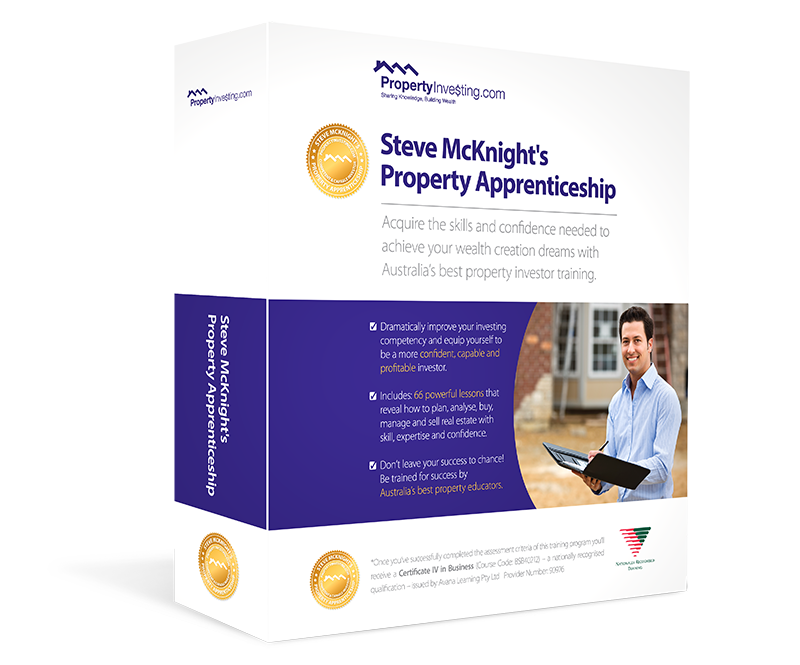 Conclusion
Conclusion
Here are a few key takeaways from Michael’s deal:
- There are often winning deals right under your nose.
- Buy problems and sell solutions. “Uninhabitable” properties can be winners, especially if they are structurally sound.
- Spend a lot of time crunching the numbers. A thorough budget will guide you through the project and keep you from overspending.
- Be careful inheriting another investor’s tenant. They may add unwanted aggravation to the deal.
- Street appeal is paramount. Your job is to build emotion in your target market.
- Increasing the number of bedrooms and bathrooms by changing the floor plan can reap great dividends.
- Expect some hurdles along the way and be a problem solver.
- Positive cash flow deals can be created, even when they can’t be found. Find a way or make a way.
For more information on Steve McKnight’s Property Apprenticeship course, check out https://www.propertyinvesting.com/store/property-apprentice.
Comments
Got something to say? Post a comment...
You must be logged in to post a comment.

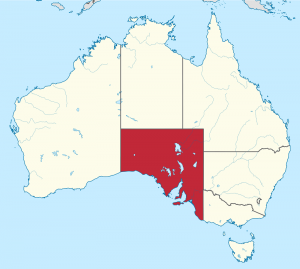
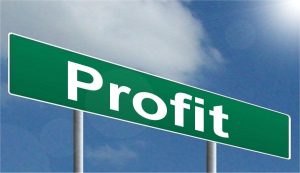




Hi Michael,
Thanks for sharing the story !! That saying “Buy problems and Sell solutions” is a great catch-phrase, and you made it come alive with your story. Well done.
Benny
I loved doing this type of work when I was younger and fitter as it’s exhilarating, tiring, frustrating and so totally satisfying when done. You have done an amazing job here and hope you replicate this many times over.
Great job Micheal you sure have kicked some goals
Hi Michael,
Would you tell me the name of the town you did the purchase/renovation in and what is the population there.
Regards Paul